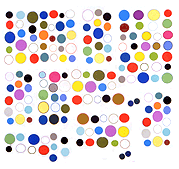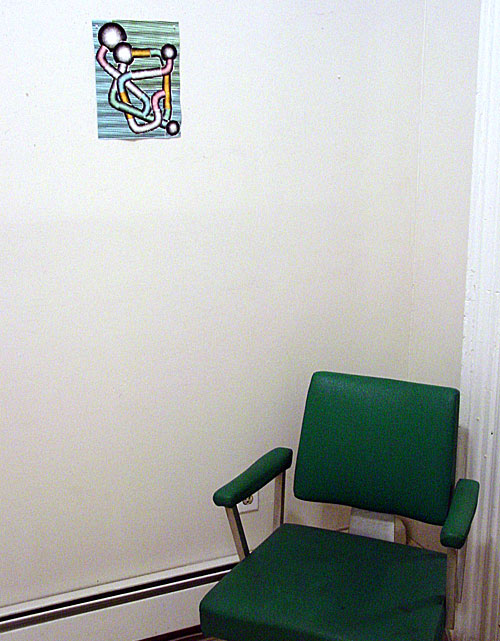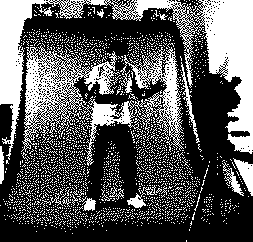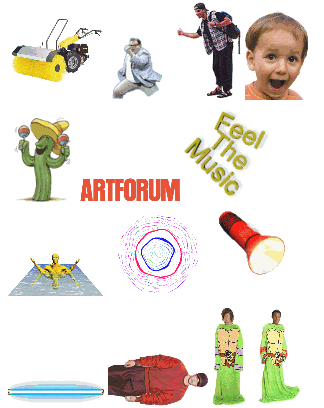In a previous post I asked whether Rhizome's "taking a GIF offline" to sell it to a private collector just meant downloading it or whether it meant "locking up the rights" so that it could no longer circulate without the collector's permission.
Sara Ludy, whose GIF was sold in this manner, answered, sort of:
It was my decision to take the gifs offline, not Lauren's.
Lauren being Rhizome director Lauren Cornell, who was acting as the GIF's dealer at the Armory art fair. In reply to Sara, I posted a comment asking this question:
Sara, why work in the GIF format at all, since one of its main properties is ease of transmission? There's always a possibility your work will leak back online and be circulated by the unelect. Perhaps you're adding some DRM code that disables the GIF for all but the collector, as well?
Where I'm coming from on this: nothing wrong with selling but the certificate of authenticity from the artist and a GIF on a DVD or USB stick is enough. That's how I've done it in the past. But then I want the thing out there circulating, that's why it's a GIF and not a super high res video file requiring proprietary software to play. (Only semi-relevant for purposes of this discussion but the GIFs I sold were converted to mpeg-2 on a DVD, while the "original" GIFs are on hundreds of websites, beyond anyone's ability to police. If the collector were to "re-GIF" the DVD and post it I wouldn't care as long as I got a credit--I got paid for it already, thanks. If he were to sell it to an advertiser for big bucks, however, I might want to share in those. All highly speculative at this point.)
If there's a reason for using a "democratic" medium only to elite-ify it for a select person I'd like to hear it.
Rafaël Rozendaal has a more open approach for how art made for the internet and browsers can remain on the internet. I haven't studied the contract he makes available but will give it a look. GIFs are not URLs so selling them isn't as complicated as selling a webpage.
Update: Ludy says she is constantly adding and removing gifs from her website as part of her work. Again, that's fine, but there's an implication of cause and effect in the phrase "taking the work offline so the collector can have it locally." The GIF dealer could perhaps give us some guidance on how that came about. This is worth discussing publicly, since Hrag Vartanian observed in the same thread that "When I purchased a new media work last year I was quite surprised that the artist (rather well known) hadn't thought of many of these issues." Ludy acknowledges as much in her reply to my question above. Rhizome is setting a precedent here that blows off previous consideration of the subject from the artist as well as the collector point of view.



